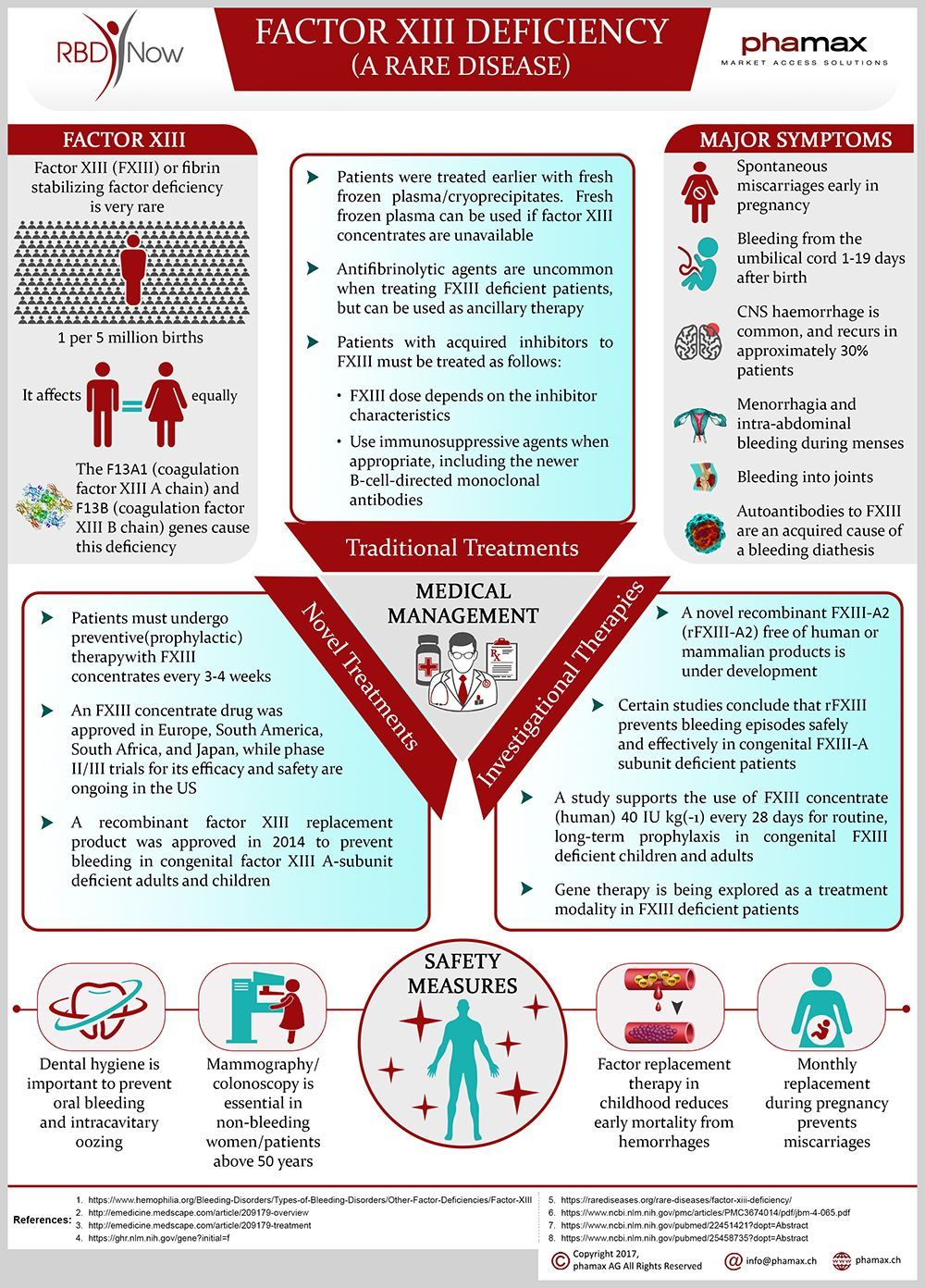- Congenital Factor XIII is considered the rarest bleeding disorder but has the highest incidence of intracranial haemorrhage, so correct diagnosis is important.
- The barriers to market access are more prevalent in emerging economies, with lower use of replacement factors to manage bleeding disorders.
- Research is moving towards more effective and less frequent interventions, such as monoclonal antibodies and gene therapy.
Stefan Bosbach from phamax scrutinises the situation for people with rare bleeding disorders, including the challenges in recording the overall burden of the disease and the severity of the condition, which are hampering access to the right treatments.
Often, a disease is regarded as a statistic, or set of statistics, until it affects us, or someone we care about. For a long time, this attitude of ignoring less prevalent diseases has been to the detriment of rare or orphan diseases. It is time to increase awareness in a structured manner and overcome market access hurdles to provide the right care to the right patients.
There are 7,000 diseases worldwide listed as rare. They affect 6-8% of the global population, or an astounding 350 million people. Bleeding disorders form the largest group among these. Table 1 demonstrates the reported cases of various rare bleeding disorders (RBDs) from 82 countries globally.
Table 1. Reported cases of rare bleeding disorders (RBDs) from 82 countries globally. Source: World Federation of Haemophilia report on the Annual Global Survey 2015.
| Bleeding disorder | Impacted population |
| Haemophilia A | 151,159 |
| vWD | 74,318 |
| Haemophilia B | 30,310 |
| Factor VII | 9,330 |
| Factor XI | 6,866 |
| Factor V | 2,122 |
| Factor X | 1,799 |
| Factor I | 1,777 |
| Factor XII | 1,485 |
| Factor V + VIII | 547 |
| Factor II | 278 |
These numbers grossly under-represent the true burden of the disease. These are self-reported numbers from countries and do not account for the vast numbers of patients who are either under-diagnosed or undiagnosed entirely.
Consider the example of congenital Factor XIII (FXIII) deficiency. FXIII deficiency occurs in approximately one in every three-to-five million people globally. The disease is considered the rarest of the bleeding disorders, with just over 300 cases reported worldwide. Although rare, it is clinically important because the incidence of intracranial haemorrhage is 20-30% – much higher than for any other bleeding disorder. The diagnosis of FXIII deficiency challenges clinicians globally and is often missed, resulting in potentially fatal consequences.
Figure 1. Factor XIII deficiency and treatment options.

We have categorised the obstacles to providing the right care to the right individual in RBDs as ‘The 5 As’:
Awareness – This indicates the lack of awareness among all stakeholders. This is the biggest market access challenge to address in RBDs. The absence of systems to capture information on patients leads to underreporting or, worse, no reporting of conditions. This also means policy makers are ignorant about what ails the population and, in turn, insufficient resources are provided to tackle the burden.
Accessibility – This represents limited patient access to specialised diagnostic and management facilities. RBDs need specialist management, and adept and qualified staff to handle the complications that arise. When patients are not being diagnosed, or their levels of severity are wrongly diagnosed, there is a major gap in disease management.
Availability – This relates to the inconsistent availability of relevant medications and protocols of management for these diseases, or the care paradigm to avoid complications.
Affordability – The right treatment options need to be available at affordable costs. Researchers must equip advocacy groups and healthcare administrators with the relevant data to engage healthcare industry partners to make treatment options at accessible prices.
Adherence – This relates to the mechanisms and guidelines that are put in place to ensure that the patient receives the right medication, in the prescribed dose, as per schedule.
These 5 As, or barriers to market access, are more prevalent in emerging economies. The World Federation of Haemophilia Report on the Annual Global Survey 2014 shows a void in the reporting of cases. Only 82 countries reported numbers and many gave no figures for most bleeding disorders, apart from Haemophilia A, Haemophilia B and von Willebrand Disease (vWD). It should also be noted that the average usage of replacement factors to manage the diseases is lower in the emerging economies than in developed ones. Misdiagnosis of the severity of the disease results in suboptimal management with incorrect dosing, allowing the disease to worsen. This means further complications in the management of RBDs.
However, all is not lost. Policy makers’ attention is being drawn towards RBDs, and the efforts of rare/orphan disease organisations, patient advocacy groups, as well as policies and guidelines, are now being activated to manage them. Clinical and research societies can now generate enough noise to capture the attention of decision makers. The recent Congress of the International Society on Thrombosis and Haemostasis (ISTH) in Berlin was one of the largest so far, attracting close to 10,000 participants and showcasing around 3,000 abstracts and posters.
Research in the area is also moving towards more effective and less frequent interventions, such as monoclonal antibodies and gene therapy. Considering the results of these novel therapies, better management of rare bleeding disorders is likely. The other cogs simply need to be aligned to ensure success.
